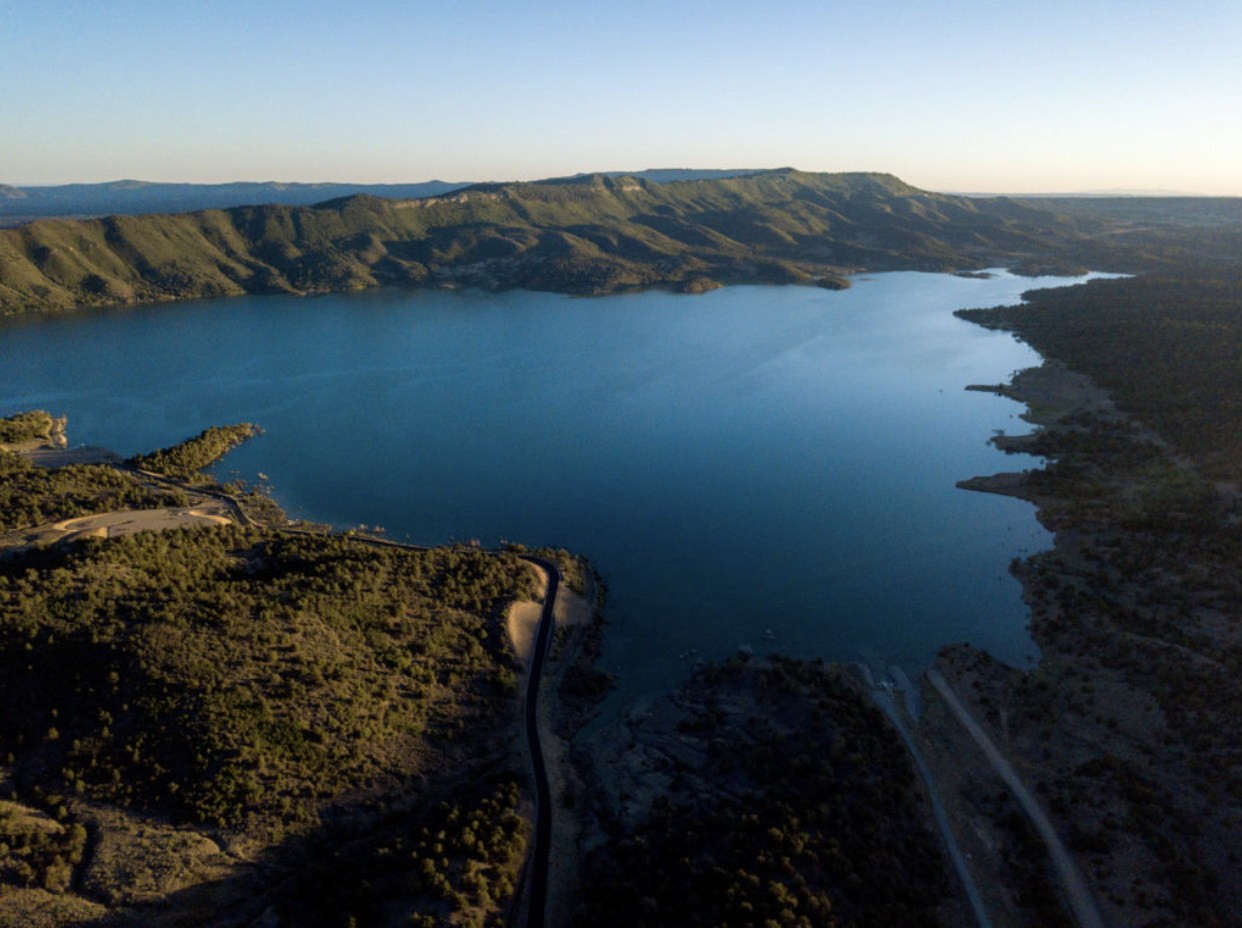In the high-stakes world of oil and gas, downtime isn’t just an inconvenience—it’s a risk to safety, revenue, and reputation. In an environment where even a brief interruption can escalate into a major issue, access to reliable, real-time data is critical. Field-ready Industrial IoT (Internet of Things) solutions are transforming how operators monitor and manage infrastructure across production and distribution networks.
At the heart of this transformation are compact, rugged monitoring devices designed to thrive in remote, off-grid conditions. These systems are engineered for fast deployment, minimal setup, and seamless integration with existing monitoring platforms. Once installed—often in under an hour—these units begin transmitting vital data like pressure, temperature, and flow, helping field teams catch and resolve small issues before they become costly failures.
Unlike traditional one-size-fits-all industrial tools, many modern IoT solutions are built with customization in mind. Whether monitoring a single pipeline or a sprawling production site, these technologies are configured to meet specific operational needs, providing the flexibility required to support diverse field conditions and production methods.
This adaptability isn’t just about convenience—it’s about reliability. In an industry where variables like weather, terrain, and infrastructure age can make or break operations, having monitoring tools that are purpose-built for each site helps ensure accurate readings and faster response times.
While some technologies in the sector lean heavily on artificial intelligence and complex predictive models, many operators are finding value in systems that prioritize simplicity, clarity, and control. With millions of hours of field testing behind them, these solutions emphasize clean, actionable data and user-friendly interfaces over black-box decision-making.
The future of oil and gas monitoring is expanding beyond traditional metrics. Upcoming innovations include pulse monitoring for distribution networks, enhanced communication modules, and mobile platforms that deliver real-time alerts and updates directly to technicians—streamlining response times and reducing the need for constant manual oversight.
In an industry often cautious about adopting new technologies, rugged, reliable remote monitoring systems are proving to be a practical step forward. These tools may not boast flashy features, but they’re built to do what matters most: keep production running safely, efficiently, and with greater visibility than ever before.
DFELAB is one company at the forefront of the shift toward streamlined, field-ready monitoring. Its R3CON device—a fully off-grid, quick-deploy unit—delivers the reliability and adaptability operators need in high-risk environments. With minimal setup, real-time data transmission, and easy integration into existing platforms, DFELAB enables production teams to access critical insights without added complexity.
Built to order and calibrated for the unique demands of each site, DFELAB’s solutions show that effective technology doesn’t have to be over-engineered. As the oil and gas industry modernizes its monitoring infrastructure, DFELAB is helping bridge the gap between boots-on-the-ground realities and the digital tools that support safer, smarter operations.
By Mackenzie Mancuso








